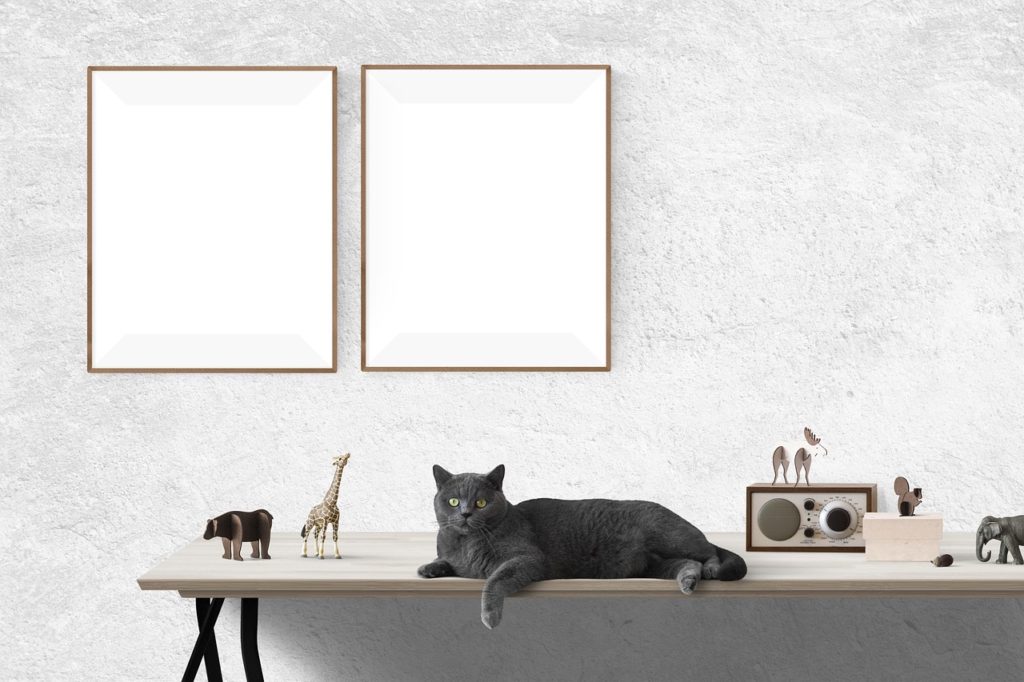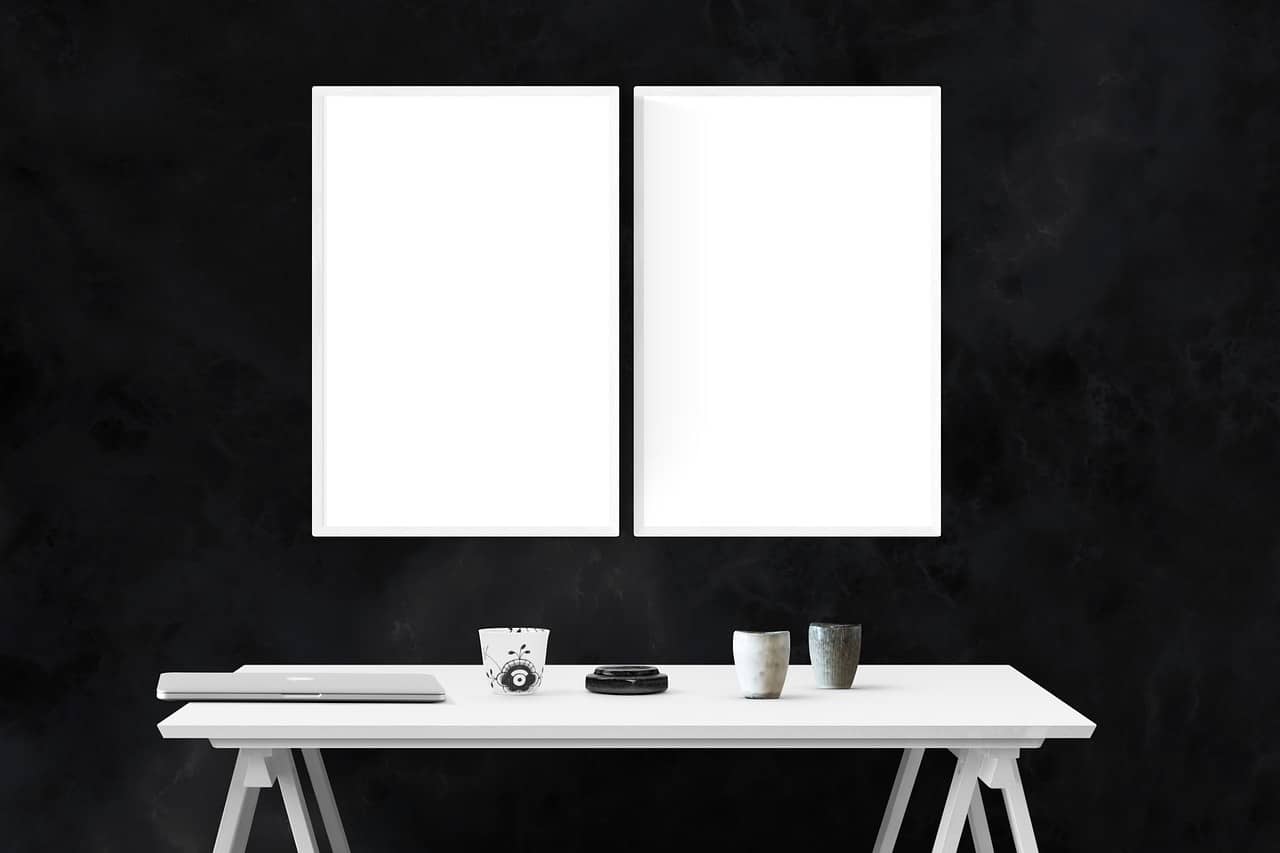In the world of product design, visual representation plays a crucial role in showcasing your ideas and concepts. A Genera mockup maker is an essential tool for designers, enabling them to create realistic and professional-looking visuals of their designs. This guide will walk you through the process of using a mockup generator for product design, covering topics such as choosing the right mockup generator, understanding its features, and creating stunning visuals for your designs.
Understanding Mockup Generators
A mockup generator is an online or software-based tool that allows designers to create realistic visual representations of their designs. These tools provide templates for various products, such as smartphones, laptops, packaging, clothing, and more. By inserting your design elements into these templates, you can visualize how your design will look in a real-world setting.
Choosing the Right Mockup Generator
Selecting the best mockup generator depends on your specific design needs, budget, and level of expertise. Some popular options include Placeit, Smartmockups, and Mockup.Online by Genera.
When selecting a mockup generator, consider the following factors to ensure you choose the most suitable tool for your product design needs:
- Rendering Speed: Assess the speed at which the mockup generator produces visuals. A faster rendering speed allows you to create and iterate designs more efficiently.
- Pricing: Evaluate the cost of using the mockup generator, considering both short-term and long-term expenses. Choose an option that offers value for money without compromising on essential features.
- User-Friendliness: Look for a mockup generator with an intuitive interface and easy navigation. This will help you save time and effort while focusing on designing effectively.
- License Term: Understand the license terms associated with the mockup generator, including restrictions on usage and duration. Make sure they align with your project requirements.
- File Format and Export Options: Ensure the mockup generator supports file formats and export options that are compatible with your design workflow and collaborators.
- Customization Options: Check the range of customization options available in the mockup generator. A tool with a variety of customization features allows you to create unique and tailored visuals.
- Update, Maintenance, and Customer Support: Choose a mockup generator that regularly updates its features and maintains a high-quality service. Additionally, ensure that the tool offers reliable customer support to assist you with any issues that may arise.
- Online Reviews and Ratings: Research online reviews and ratings from other users to get an idea of the mockup generator’s performance, reliability, and overall satisfaction. This can help you make an informed decision.
- Integration with Other Tools: Consider whether the mockup generator integrates with other design tools and platforms you use. This can streamline your workflow and improve collaboration with team members.
By carefully evaluating these factors, you can select the most appropriate mockup generator for your product design, ensuring a smooth and successful design process.
Getting Familiar with the Interface

Once you’ve chosen your mockup generator, spend some time familiarizing yourself with its interface. Most tools have a user-friendly design, but it’s essential to understand the basic functionalities before diving into the design process. Familiarize yourself with features like uploading your design, adjusting templates, and exporting your final visual.
Selecting the Appropriate Template
Templates are the foundation of your mockup design. Choose a template that best represents your product and design concept. Consider factors like the product’s orientation, color scheme, and target audience when selecting a template. Many mockup generators offer a preview option, allowing you to see how your design will look within the template before committing to it.
Uploading Your Design Elements
After selecting a suitable template, upload your design elements into the mockup generator. Most tools will require you to upload your design files in popular formats like JPEG, PNG, or SVG. Ensure your design elements are properly sized and optimized for the best results. Some mockup generators also offer a library of design assets, such as icons, patterns, and textures, which you can use to enhance your visuals.
Customizing Your Mockup

Once your design elements are uploaded, customize them to fit the template. This may include adjusting the size, position, and orientation of your design within the mockup. Some mockup generators also offer advanced customization options, such as changing colors, adding shadows, and applying effects to your design.
Adding Text and Branding Elements
Mockup generators often allow you to add text and branding elements to your design. This can include adding product names, slogans, or logos to your visuals. Ensure that the text is legible and complements the overall design.
Exporting and Saving Your Mockup
After customizing your mockup, save and export your final visual. Most mockup generators offer various file formats for exporting, such as PNG, JPEG, or PDF. Save different versions of your mockup, if needed, to showcase different perspectives or variations of your design.
Utilizing Mockups for Presentations and Feedback
Mockups are not only useful for visualizing your design but also for presenting and gathering feedback from clients, team members, or stakeholders. Share your mockups through email attachments, social media, or design collaboration platforms to receive valuable insights and improve your design.
Iterating and Refining Your Design
Using a mockup generator allows you to make changes quickly and easily. Based on the feedback you receive, iterate and refine your design until you achieve the desired outcome. This iterative process helps ensure that your final product design meets your expectations and the needs of your target audience.
Conclusion
A mockup generator is an indispensable tool for product designers, enabling them to create
stunning visuals that effectively communicate their design concepts. By following this comprehensive guide, you can confidently use a mockup generator to bring your ideas to life, gather valuable feedback, and refine your designs to perfection. With the wide range of templates, customization options, and user-friendly interfaces offered by various mockup generators, the possibilities for creating captivating product visuals are virtually limitless. So, embrace the power of mockup generators and take your product design to new heights.
